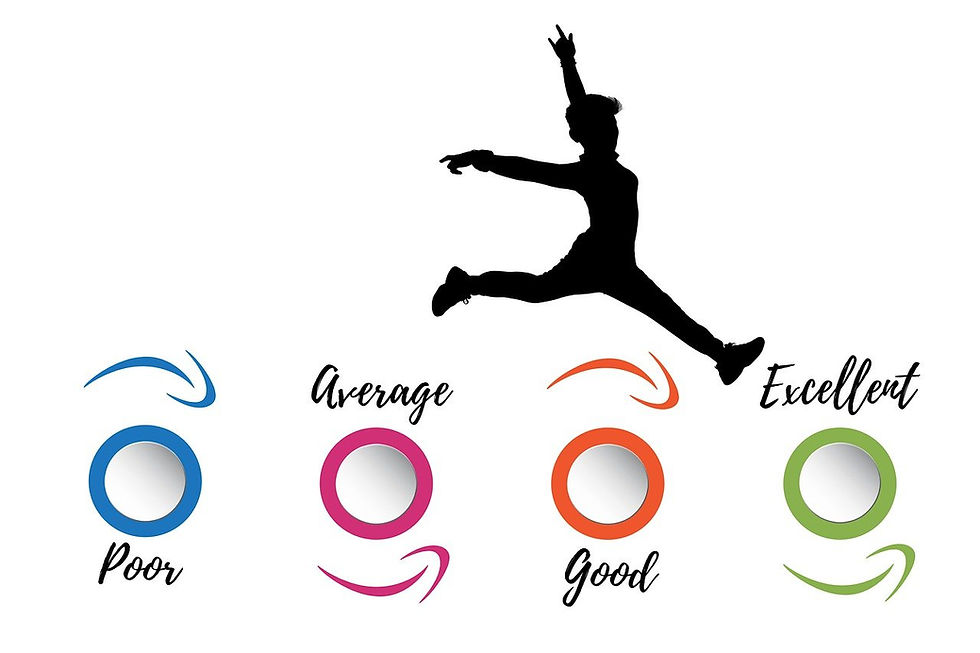Why Ducking Trouble is a Mistake
- Jessica Russell

- Mar 13
- 2 min read
When a character in a novel is in his or her worst trouble, it's the best time for the reader. Any story perks right up when the poor main character is in the deepest kind of woe and thoroughly miserable!

Although in real life, most of us do everything possible to avoid trouble and conflict, writers of fiction must do the opposite. Reader interest comes from plot trouble, and if you remember that, it will go a long way toward making your story more interesting. You may start wondering what kind of trouble you should get your character into. That's not a question anyone else can answer, because only you know the story line you have in mind. But there are different types of trouble from which to choose, and it's important to understand that you are not limited to just one. I can say definitively, however, that conflict is the best type of trouble to put your character in.
Conflict is a very specific word, and it doesn't apply to just anything. Conflict is active. It is a highly give-and-take situation, during which a person or people in your story struggle with opposing goals. But please note… It is not universal adversity, bad luck, or fate.
Bad luck and fate are happenchance. Having said that, there's nothing wrong with giving your character a bit of bad luck. For example, townspeople greeting a detective with suspicion and rudeness falls under the category of adversity, and it can make interesting reading. Keeping your character from having an easy drive to the beach due to a violent thunderstorm is perfectly fine too, but these problems are somewhat blind. They are simply events that come out of nowhere, and they don't make especially engaging reading because we all deal with those things all the time.
In other words, it's perfectly acceptable to have your main protagonist leave her house one afternoon and slip on a banana peel, but it's not something your character must grapple with and confront. It's not a problem he or she must solve. Therefore, it's just not enough to engender sympathy for your character and get your readers rooting for that person's ultimate victory.
Examples of conflict include anything from a lover's quarrel to two men arguing at a board meeting over who becomes president or two trucks racing along the highway, one driver intending to force the other off the road.
Of course, you'll think of numerous examples as you go along, once it is clear in your mind that conflict must eventually lead to some type of a fight. Just make sure you make it a bona fide fight, and not just a type of blind fate or bad luck. Also, it's best if two characters are involved, instead of one character against the universe. The latter falls back into the category of fate and circumstance. Give the two characters opposing goals, make sure they are both motivated to struggle NOW, and put them on stage when the conflict is occurring. Make it as real and meaningful as you can, using every bullet you have.
This way, the outcome depends on the character you've created, and not merely fate at the hands of the universe. You get it now, so go for it! Write on!







Comments